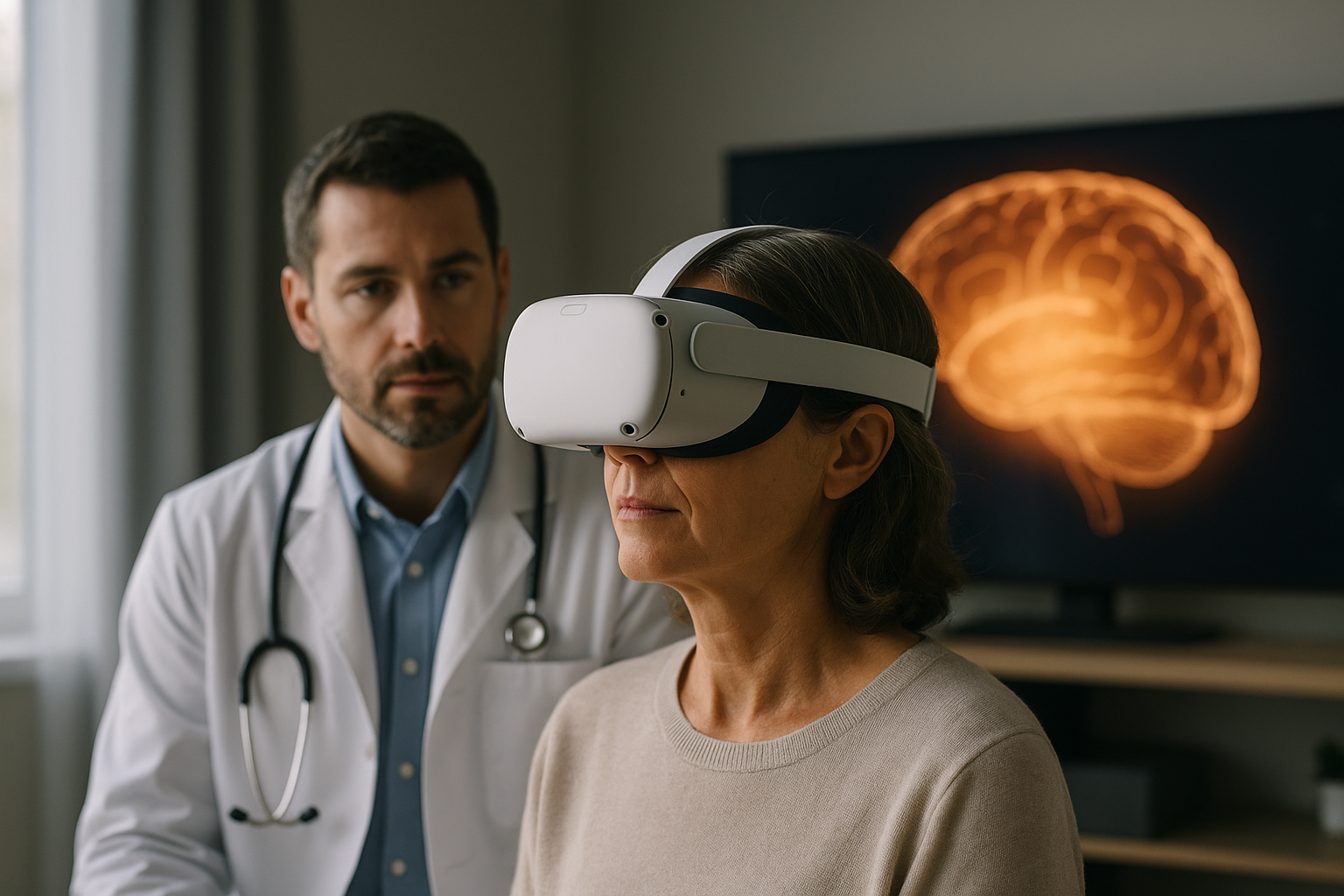"Revitalizing Wellness: The Innovative Impact of Virtual Reality on Health"
Are we overlooking the next big breakthrough in health and wellness? The answer might lie in an unexpected place: virtual reality. Yes, the technology primarily known for video games and immersive experiences may hold the key to a healthier future. Intrigued? Read on to discover how virtual reality is revolutionizing holistic health.

Virtual Reality: A Leap into the Future of Health
Virtual reality (VR) technology, once the domain of science fiction and the gaming industry, has increasingly found its place in various sectors, including healthcare. The journey began in the 1960s when Ivan Sutherland and Bob Sproull developed the first VR head-mounted display system. Fast forward to the 21st century, and we see VR providing groundbreaking solutions in the health and wellness industry.
The Current State of Virtual Reality in Health Care
Presently, VR technology is being leveraged in various ways within health care. It’s being used for pain management, mental health treatment, physical therapy, and even surgical training. The immersive nature of VR allows for a unique, controlled environment where patients can be exposed to situations that aid their recovery process or health professionals can practice intricate procedures without risks.
The Science Behind VR and Health
The power of virtual reality lies in its ability to create controlled, immersive environments that can stimulate the brain in ways traditional methods can’t. Studies have shown that VR can help manage pain by distracting the brain and even promote neuroplasticity, the brain’s ability to form new connections and pathways. Essentially, VR has the potential to rewire our brains for better health outcomes.
Pros and Cons of VR in Health
While the benefits of using VR in health are evident, like any other technology, it comes with its challenges. The most significant advantages include the ability to create safe, controllable environments for therapy and training, and the potential for remote health services. However, issues such as the high cost of VR equipment, motion sickness, and the need for more research to understand long-term effects are barriers to widespread adoption.
A Peek into the Future: Virtual Reality Health Facts
-
According to a study by the National Institute of Health, VR therapy resulted in a significant reduction in pain compared to traditional methods.
-
VR is being used for exposure therapy in treating phobias and post-traumatic stress disorder (PTSD).
-
Studies suggest VR-based physical therapy could be more effective than conventional methods.
-
VR technology is facilitating remote healthcare, a trend amplified by the COVID-19 pandemic.
Conclusion
Virtual reality is no longer just a tool for entertainment; it’s a promising advancement in the world of health and wellness. While it’s not without its challenges, the potential benefits of VR in health care are enormous, from pain management to physical therapy to mental health treatments. By embracing this technology, we can look forward to a future where healthcare is not only more effective but also more accessible and personalized.




